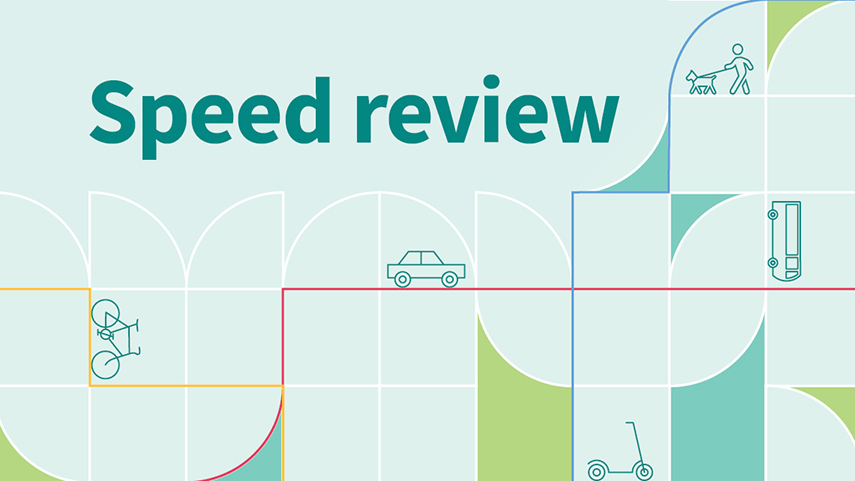Have your say on the proposed change and let's work together to create a safer neighbourhood for everyone.

Share this
Consultation has now closed
Consultation on the slow speeds neighbourhood - Avondale has now closed. People were able to provide feedback from 5 November to 5 December 2021. During this time we heard from 62 individuals and groups.
The table of consultation feedback is available here [PDF, 813 KB]
Council approved this proposal with no changes made on Thursday 4 April. You can view the meeting minutes online(external link)
Construction is due to start in early May 2022.
Way safer for everyone
We’ve heard community concerns about vehicles travelling at excessive speed through Avondale streets and there have also been a number of minor crashes in the area over the past few years.
To address these concerns we’re proposing to reduce the speed limit from 50 km/h to 40 km/h on selected streets in Avondale.
This change will make your neighbourhood safer, no matter whether you walk, cycle or drive.
Safe speeds
This proposed speed reduction is part of the Slow Speeds Neighbourhood programme focused on identifying areas in Christchurch where the community has expressed support for slower speeds.
Lowering the speed limit is one of the ways we can create safer streets for all users, create a sense of place within a neighbourhood and encourage other modes of active transport.
We’re proposing to reduce the speed from 50 km/h to 40 km/h on the road network bounded by Avondale Road, Breezes Road, Wainoni Road and the Avon River.
See which roads have the proposed speed reduction. [PDF, 1.3 MB]
For speed limits to be effective, they need to be understood and supported by the community - that’s why we want to hear from you.
The main purpose “Slow Speed Neighbourhoods” is to create a safer and quieter street environment for all residents and road users. Slower speeds are expected to reduce the occurrence of crashes and their severity if they do occur. The OECD’s International Transport Forum Speed and Crash Risk report(external link) outlines the relationship between speed and crash occurrence and severity. It shows that if impact speed increases from 30 km/h to 40 km/h the risk of fatal injury to a pedestrian or cyclist is about doubled. Other internationally adopted research supports the recommendation that relatively small changes in speed can have a high impact on crash survival rates.
Feedback from residents is one of the main starting points. After receiving strong feedback from the residents of a certain locality/neighbourhood, staff investigate various other parameters like proximity to a high-speed location, presence of pedestrian generating activities nearby etc., to recommend a specific locality/neighbourhood for reduced speeds.
Traffic calming measures such as speed humps are not specifically funded in Council’s Long Term Plan. The Minor Road Safety and Minor Safety Interventions programme budgets can potentially be used to fund traffic calming projects if there is a clearly defined road safety issue and/or crash history that needs to be addressed. However, most traffic calming projects often fall short when compared and prioritised against other candidate projects that need to be funded from these programme budgets. The idea is not to wait for crashes to happen. But, due to the availability of limited funding, locations with historically a higher number of injury crashes or higher crash risk need to be prioritised.
Various factors like crash history, crash risk, general vehicle operating speeds, existing road environment, nature of adjoining business or locations of interest. The available funding plays a role in deciding whether traffic calming can be warranted at any specific location.
Due to the availability of limited funding, locations with historically a higher number of injury crashes or higher crash risk need to be prioritised. The funding available is for the entire city. There are many locations with very high traffic volumes and higher crash risk compared to some relatively quieter residential streets.
